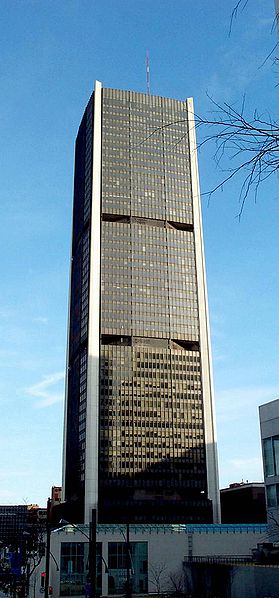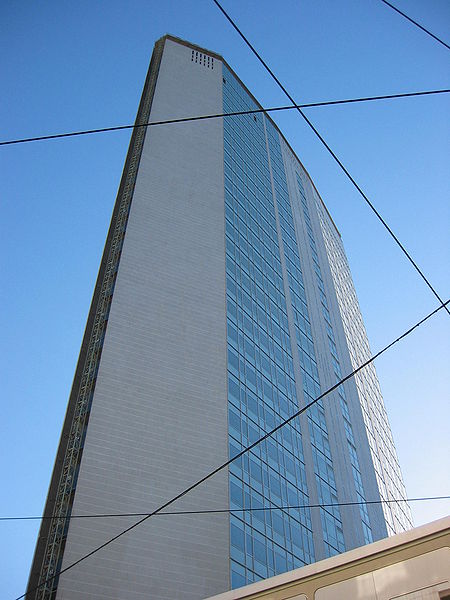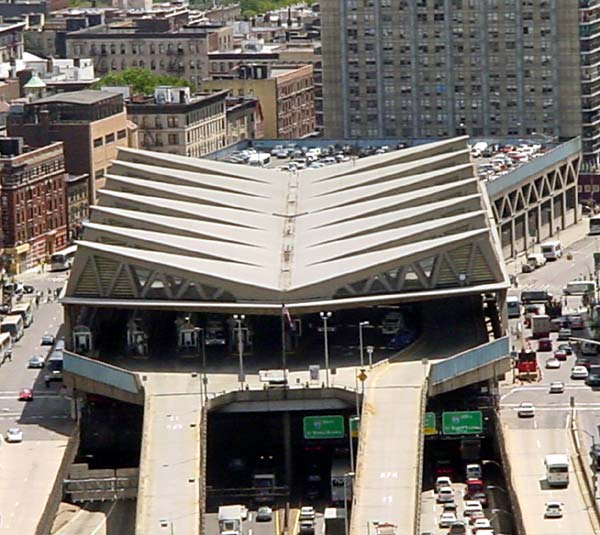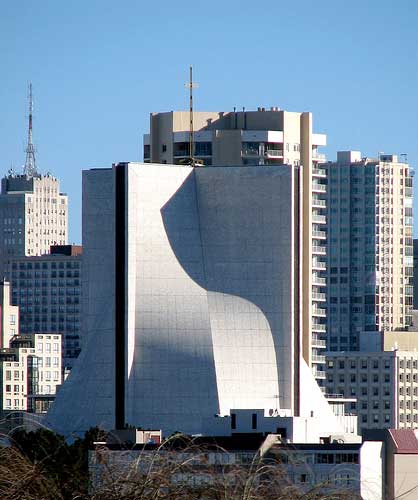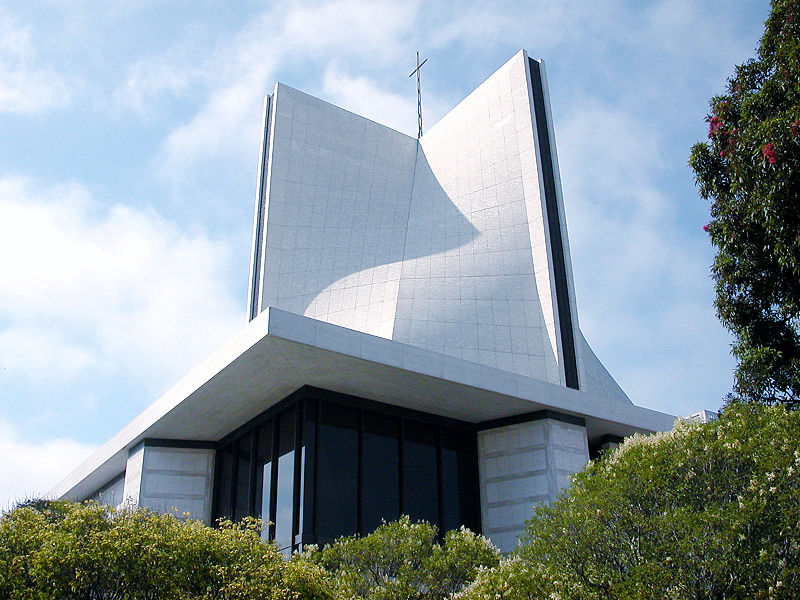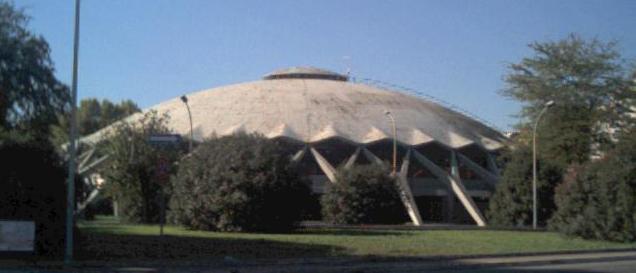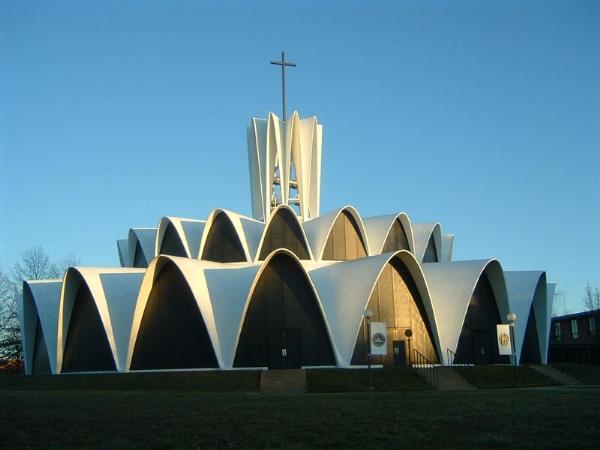<Back to Index>
- Mathematician Siméon Denis Poisson, 1781
- Architect Pier Luigi Nervi, 1891
- President of the Generalitat de Catalunya Lluís Companys i Jover, 1882

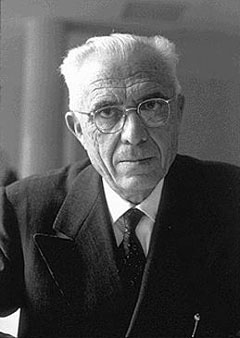
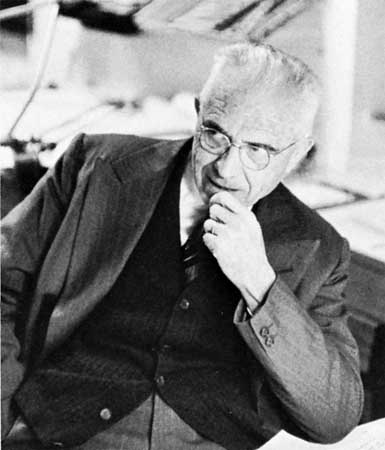
Pier Luigi Nervi (June 21, 1891 - January 9, 1979) was an Italian engineer. He studied at the University of Bologna and qualified in 1913. Dr. Nervi taught as a professor of engineering at Rome University from 1946-61. He is renowned for his brilliance as a structural engineer and an architect, and for his novel use of reinforced concrete.
Pier Luigi Nervi was born in Sondrio and attended the Civil Engineering School of Bologna, from which he graduated in 1913. After graduation, Nervi joined the Society for Concrete Construction. Nervi spent several years in the Italian army during World War I from 1915-1918, when he served in the Corps of Engineering. His formal education was quite similar to that experienced by today's civil engineering students in Italy.
From 1961-1962 Nervi was the Norton professor at Harvard University. Nervi
began practicing civil engineering after 1923, and built several
airplane hangars amongst his contracts. During the 1940s he developed ideas
for a reinforced concrete which
helped in the rebuilding of many buildings and factories throughout
Western Europe, and even designed/created a boat hull that was made of
reinforced concrete as a promotion for the Italian government. Nervi
stressed that intuition should be used as much as mathematics in
design, especially with thin shelled structures. He borrowed from both Roman and Renaissance architecture to
create aesthetically pleasing structures, yet applied structural
aspects such as ribbing and vaulting often based on nature. This was to
improve the structural strength and eliminate the need for columns. He
succeeded in turning engineering into an art by taking simple geometry and using sophisticated prefabrication to find direct design solutions in his buildings.
Pier Luigi Nervi was educated and practised as a ingegnere edile (translated
as "building engineer") - in Italy, at the time (and to a lesser degree
also today), a building engineer might also be considered an architect.
After 1932, his aesthetically pleasing designs were used for major
projects. This was due to the booming number of construction projects
at the time which used concrete and steel in Europe and the
architecture aspect took a step back to the potential of engineering.
Nervi successfully made reinforced concrete the main structural
material of the day. Nervi expounded his ideas on building in four
books and many learned papers.
Most of his built structures are in his native Italy, but he also worked on projects abroad. Nervi's first project in the United States was the George Washington Bridge Bus Station.
He designed the roof which consists of triangle pieces which were cast
in place. This building is still used today by over 700 buses and their
passengers.
